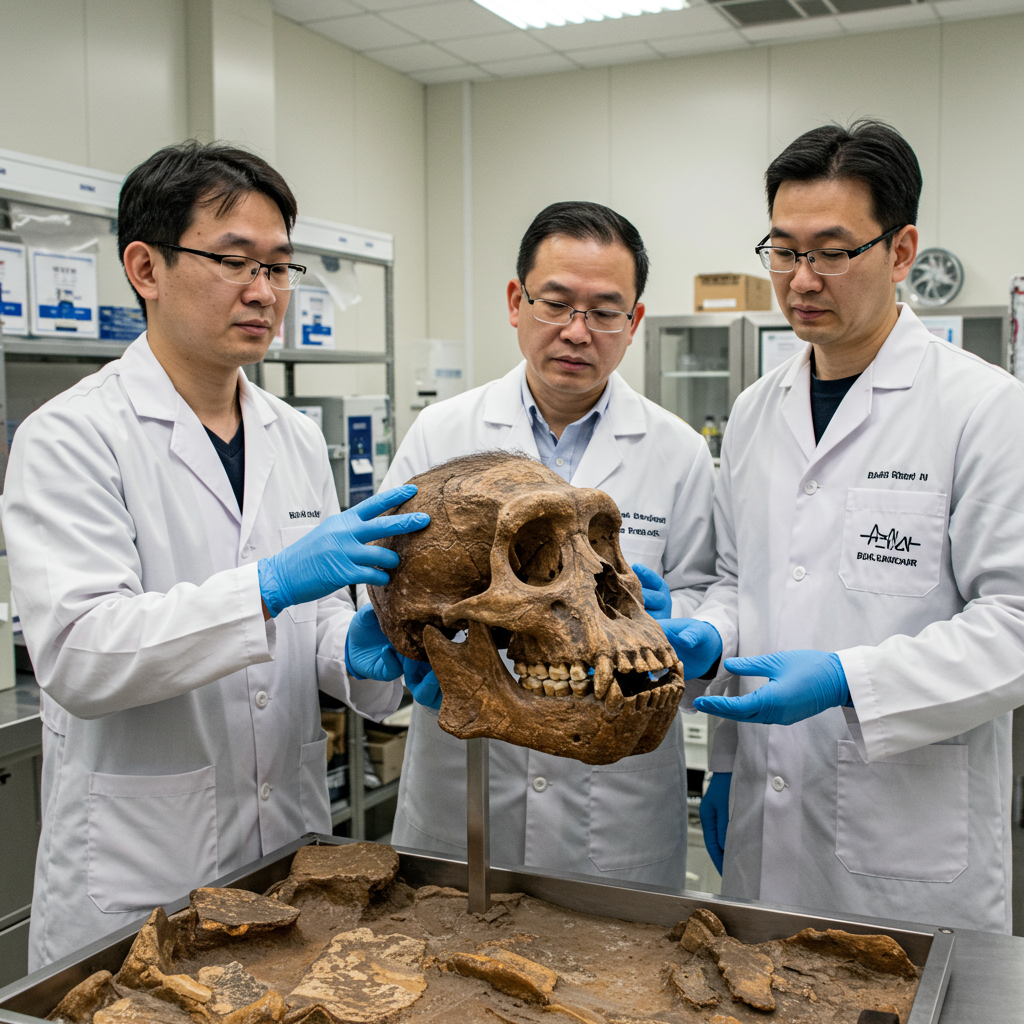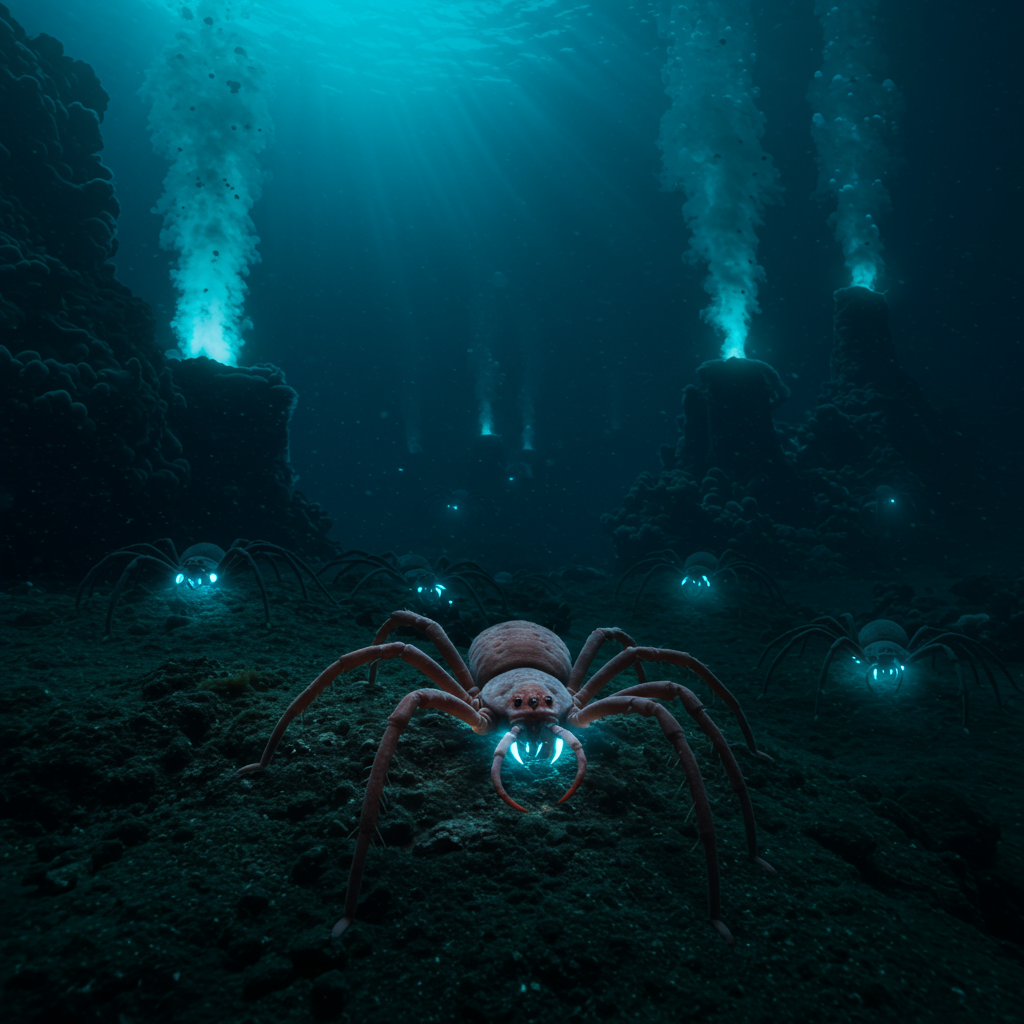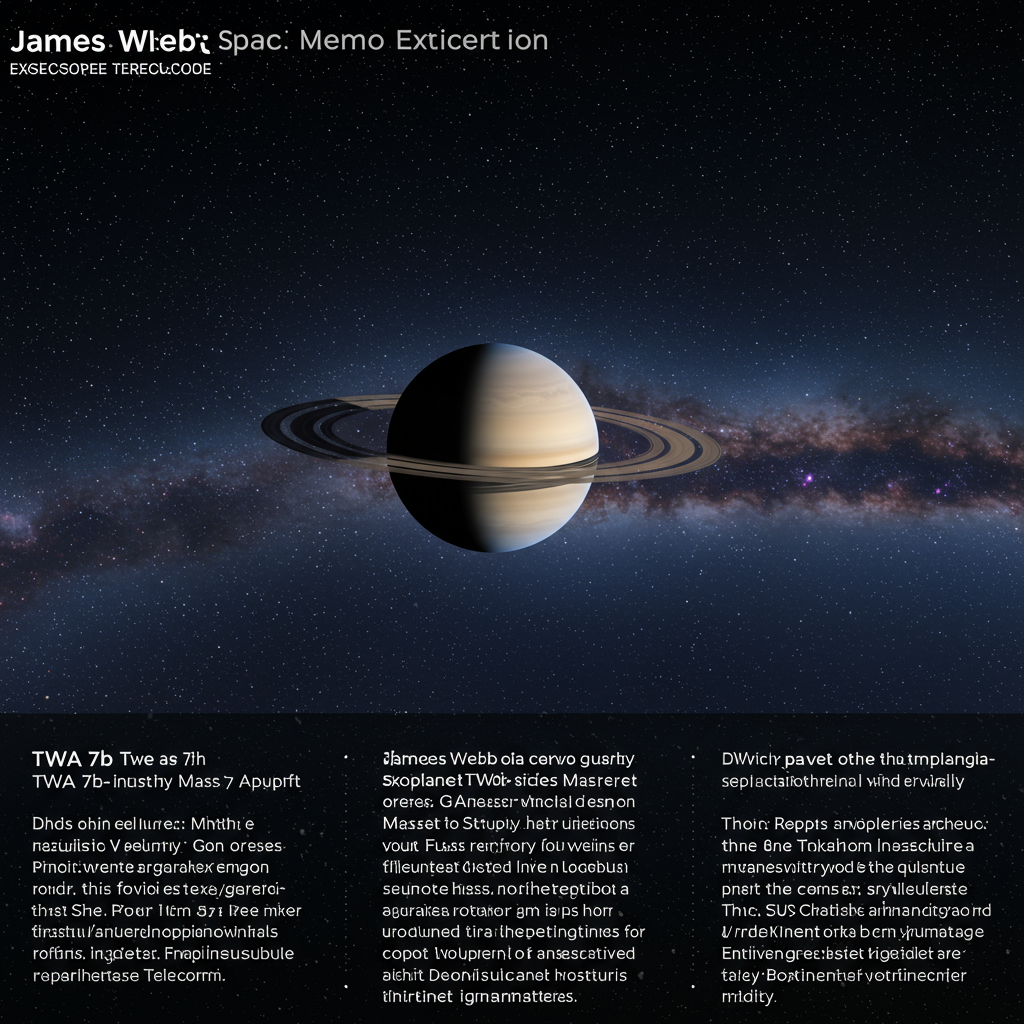For years, the Denisovans, an enigmatic group of ancient humans, were known to science primarily through fragmented bones, teeth, and genetic traces found in the DNA of modern populations. They were a “ghost lineage,” their physical appearance largely a mystery. But now, paleoanthropologists have finally put a face to this elusive group.
A remarkably complete skull discovered in Harbin, China, nicknamed the “Dragon Man” skull, has been identified through groundbreaking molecular analysis as belonging to a Denisovan. This stunning find provides the first comprehensive look at what one of our ancient relatives might have looked like some 146,000 years ago.
Unveiling the Face: Molecular Evidence
The journey to identify the Harbin skull was complex. Originally described in 2021 as potentially representing a new human species, Homo longi, the skull’s unique mix of traits fueled debate. While attempts to extract ancient DNA directly from the dense bone were unsuccessful, researchers led by Qiaomei Fu at the Institute of Vertebrate Paleontology and Paleoanthropology in Beijing turned to alternative molecular methods.
Crucially, the team successfully retrieved 95 proteins from the ancient fossil. Four of these proteins showed variations known to differ between Denisovans and other ancient human groups like Neanderthals and Homo sapiens. The Harbin skull matched the Denisovan profile on three of these key proteins.
To further confirm the identification, the researchers employed an innovative technique: analyzing hardened dental calculus (plaque) scraped from a tooth on the skull. Against the odds, this ancient plaque contained a tiny amount of mitochondrial DNA. Despite its scarcity, this mtDNA provided a genetic fingerprint that aligned squarely with previously identified Denisovan mitochondrial DNA profiles, particularly those over 150,000 years old from Denisova Cave in Siberia. This multi-pronged molecular approach cemented the conclusion that the Harbin skull belonged to a Denisovan.
Physical Appearance: A Mosaic of Traits
The “Dragon Man” skull reveals a powerful and distinctive individual. Based on the cranium, scientists can now describe the Denisovan face as:
Broad and Low: A wide facial structure with a relatively low profile.
Prominent Brow Ridge: Featuring substantial bone above the eyes.
Large Eye Sockets: Suggesting sizable eyes.
Relatively Flat Mid-Face: Unlike some earlier hominins, the area below the eyes did not protrude significantly.
Robust Jaws and Teeth: The upper jaw showed slight protrusion, and the skull contained notably large, strong molars – a trait previously associated with known Denisovan tooth fragments.
Large Brain Capacity: Estimated at around 1,420 cubic centimeters, comparable to modern humans and Neanderthals, though the skull shape itself was longer and less dome-like than ours.
This combination of features presents a mosaic, blending characteristics seen in older hominins like Homo erectus and Homo heidelbergensis with some traits more akin to Homo sapiens.
Potentially the “Big Boys” of Ancient Humans
Beyond the face, the robust nature of the Harbin skull provides strong support for previous suspicions that Denisovans were physically large and stocky individuals. Based on the size and thickness of the bones, experts like Bence Viola suggest these might have been “enormous, enormous individuals” potentially weighing around 100 kilograms (roughly 220 pounds) of lean body mass.
This substantial build, previously hinted at by large Denisovan teeth and jawbones, suggests that Denisovans might have been among the most physically imposing of ancient human groups, potentially even more robust than Neanderthals. While a large body size in Neanderthals is often linked to cold adaptation in Europe, the reason for the Denisovans’ large stature across their vast range in Asia – which included both cold regions like the Tibetan Plateau and potentially warmer areas – remains a topic of ongoing research.
Significance and Future Insights
The identification of the Harbin skull as Denisovan is a monumental step in paleoanthropology. It provides the first detailed physical blueprint for a group previously defined largely by genetics.
Putting a Face to the Mystery: We now have a tangible representation of Denisovans, moving beyond mere genetic sequences.
Expanding the Geographic Range: The location in northeastern China significantly extends the known territory occupied by Denisovans, confirming their presence across vast areas of Asia.
Interpreting Other Fossils: This complete skull provides a morphological reference point that can help researchers re-evaluate and potentially identify other mysterious ancient human fossils found across Asia that share similar traits, such as the Dali, Hualong Cave, and Jinniushi skulls in China, and the Penghu jaw from Taiwan, many of which also exhibit large teeth.
Understanding Diversity: The discovery adds to our understanding of the diversity within Denisovan populations over time and space. The Harbin skull, estimated at over 146,000 years old, links to older Denisovan lineages from Denisova Cave, hinting at physical variations between different Denisovan groups separated by tens of thousands of years.
While the identification is based on a single individual’s skull, it offers unprecedented insight into the physical form of these ancient humans who co-existed and interbred with both Neanderthals and early Homo sapiens, leaving a genetic legacy in modern human populations today, particularly in South-East Asia and Melanesia. The techniques used, like protein analysis and dental calculus DNA retrieval, open exciting new avenues for studying other ancient fossils previously thought to be beyond genetic analysis.




